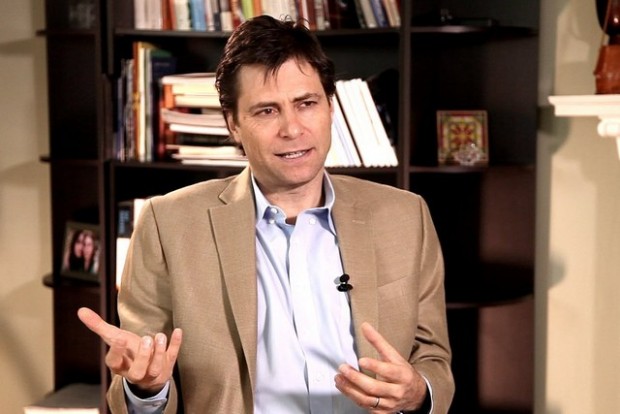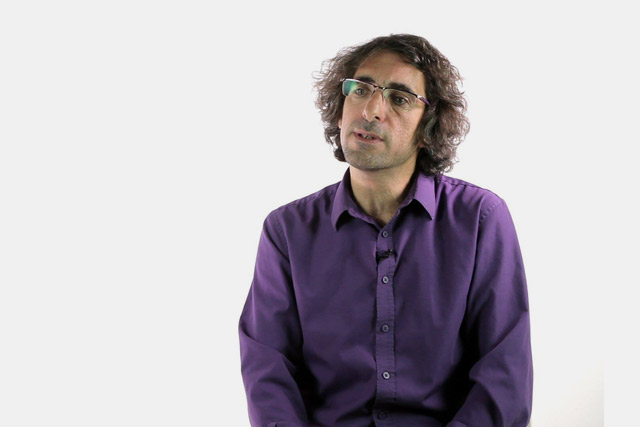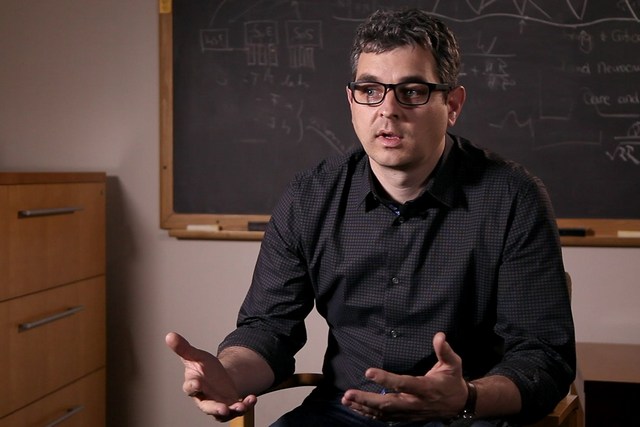Mathematical Modelling of Physiological Systems
Biomedical Engineer Thomas Heldt on mathematical dimension of physiology, organ systems multiscale modelling, and its practical application
videos | May 7, 2014
What do physiologists and doctors expect from mathematicians? Which mathematical models describe how the organs function and which help to understand the medical data? Assistant Professor of Electrical and Biomedical Engineering at Massachusetts Institute of Technology Thomas Heldt goes into this topic.
We have now developed as a field very elaborate models that represent physiology on a great number of time and length scales and in great many detail and these models allow us then to interpret experimental data and also to provide a framework within which to view disease processes. So we can actually use these models in a very straightforward manner, we can actually generate these models and then we can perturb parameters of these models to reproduce conditions that might resemble conditions that we see in pathological cases in disease processes.

In building large models there are some obstacles that need to be overcome. One is access to data. We have to have high-quality access to a large number of data in order to build models at high level of detail. And that is being accomplished in laboratories around the world where targeted experiments are being done. Also data can be pulled in from the clinical environment. Another obstacle is computational complexity. So a lot of these models because they span many time scales and many length scales are computationally quite complex meaning that you actually need a lot of computational power to simulate model and to arrive at an answer to the questions that you might want to pose with these models.
Can we actually reduce larger models to smaller models in a way that actually preserve the interpretability of parameters and the states? I’m very optimistic about the future here, because on the one hand we have a lot of data that’s coming from the clinical environment, so much data that clinicians have a hard time actually screening and analyzing all of the data. On the other hand we have highly detailed representations of physiology and these mathematical models. So merging these two worlds is going to be a great challenge for the future, but it’s a wonderful opportunity because we’re no longer limited (or we no longer as limited as we have been in the past) by computational power.





























